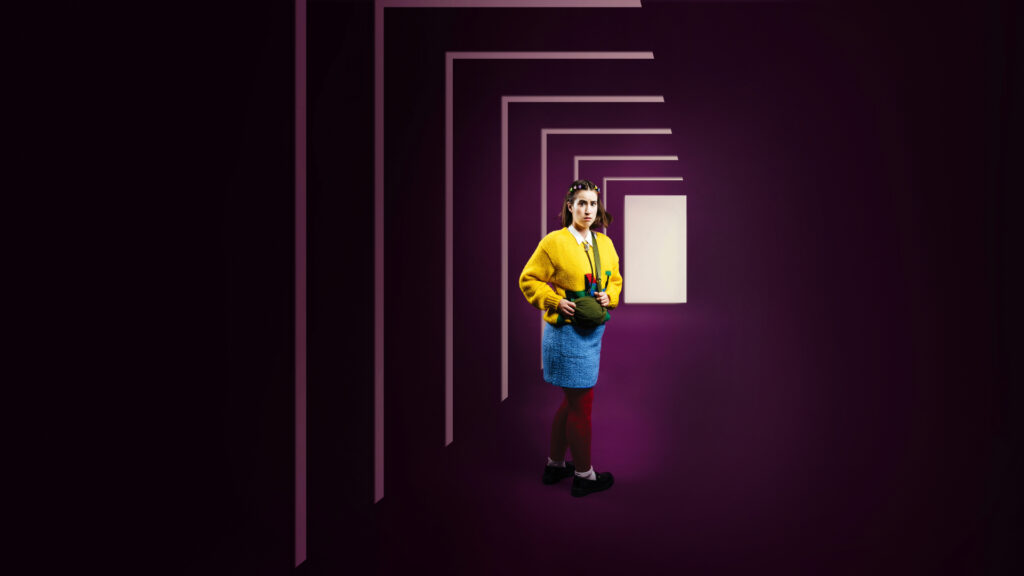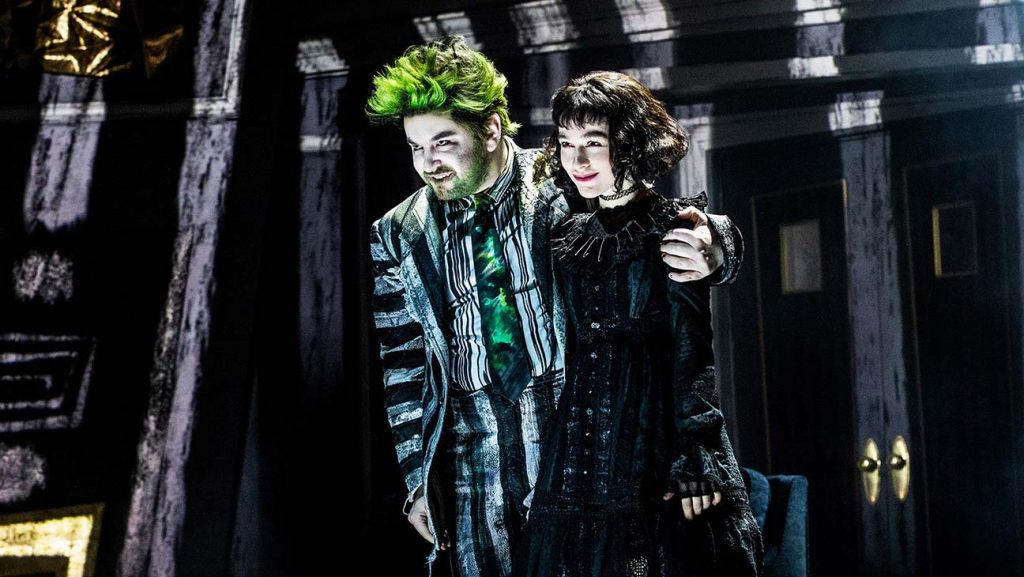
‘Big Yikes!’ // PlayLab Theatre
‘Big Yikes!’ was witty.
Much like its main protagonist Big Yikes! is fresh out into the big world with its debut season of Madeleine Border’s brand new script playing at Brisbane Powerhouse’s Underground Theatre. Produced by PlayLab Theatre, Big Yikes! follows recent highschool graduate Lorrie, or rather recently rebranded Loxie, as she tackles the arduous task of becoming an adult with all its terrible trials and tribulations like latte art, yearning and university pathways. With a new living situation, an induction into the working life and only one old friend, Loxie has a lot to learn about what it means to grow up and what it means to be Lorrie.
Made up of a cast of four, Big Yikes! relied heavily on ensemble work with most actors taking on numerous roles and persona’s throughout the piece. The exception was, of course, Lorrie played by Juliette Milne. The central character of the story, Milne’s performance highlighted Lorrie’s anxious nature and naive take on the adult world. She acted as an anchor to the blur of interchanging character’s around her; a choice that well reflected Lorrie’s insecurities regarding staying stagnant in a changing world. As Milne took each petty problem Lorrie was presented with the utmost seriousness, audiences were forced to cringe but yet be reminded of the times in their own youth in which every small issue felt life changing.
Supporting Milne, the ensemble was made up of Billy Fogarty, Tenielle Plunket and Christopher Paton. Each tackling a handful of characters, the ensemble should be commended on their attention to physicality as each different character was distinct and distinguishable from the last. In particular, Paton’s use of physicality in his roles of Soppy & Darcy completely separated the two whilst keeping both characters grounded and believable. With the loose, grounded swagger of Soppy as well as the character’s signature hoodie compared to the high energy, flighty Darcy, it was easy to forget these two were from one actor. Another stand out was Fogarty’s portrayal of Charlie, a cool 24 year old barista and the subject of Loxie’s affections. Fogarty’s performance was effortlessly cool and realistic with a stand out scene being their rejection of Loxie’s crush. Perhaps the biggest yikes moment of the show, Loxie’s unashamed and misinformed attempt to convince Charlie to date her could’ve seen Charlie’s character morph into the villain but Fogarty’s honest portrayal made it impossible not to like the character even more, as they provided Loxie with the wake up call that was needed.
Playing a large part in assisting the ensemble transform fluidly was the costuming. Donning matching purple denim as a base, the ensemble would swap out over shirts, jackets, hats or hoodies to distinguish the ever changing characters. Colour played a huge role in Peter Keavey’s design, both in terms of costuming and set. This purple reappeared in Loxie’s costume in her tights matched with a yellow cardigan on top. This pairing of colours was clearly a representation of Loxie’s in-between state of discovering her own identity with the yellow paying homage to her old self. This was made obvious in a scene in which she serves a group of her old classmates, all proudly wearing yellow. Keavey’s design can continue to be appreciated in terms of set with the perfect balance of minimalist yet realistic achieved to allow for smooth transitions between a cafe, bedroom, train station and more.
The realistic nature of the set is assisted with the show’s sound design. Brady Watkins’ design is essential to the world building of the play with effects that brought an espresso machine to life, let fireworks burst and filled the stage with ambience. Watkins’ design also melted into the world of non-diegetic noise too with a series of musical soundtracks that acted to subtly emphasise moments in which Loxie felt most anxious. The technical elements of the show continued to work harmoniously together with Geoff Squires’ lighting design only adding to the mix. The pattern of purple continued in Squires’ design as well as a commitment to world building. Squires’ most impressive work was the train scenes that with the use of blue side lighting with a subtle pulse of warmth effectively created the illusion of a train passing through a tunnel.
Visually stimulating and highly witty, Border’s writing embodied a clear structure that used space in an effort to portray time passing. Stretched mostly between Loxie’s bedroom, workplace and a train, the story followed a clear pattern that allowed audiences to witness Loxie’s growth with ease. With a littering of lizard themed jokes, distinct relatable characters and scenarios, Border effectively captures the essence of young adulthood, the struggle of understanding identity and the flippant nature of growing up. Ian Lawson’s direction of the piece further emphasises these themes with a bold use of the space, a stylistic larger than life approach and mostly effective pacing throughout. Although a fun and high energy show, there were moments in which more conciseness was needed with a slight lag in the pacing and perhaps unnecessary moments during the third quarter. However, in saying that Big Yikes! Was still highly effective in making its audience laugh, cringe and reminisce on times in which they’ve felt those big yikes feelings.
‘Big Yikes!’ performed until Saturday 23rd March at The Underground Theatre, Brisbane Powerhouse. For more information visit their website.






